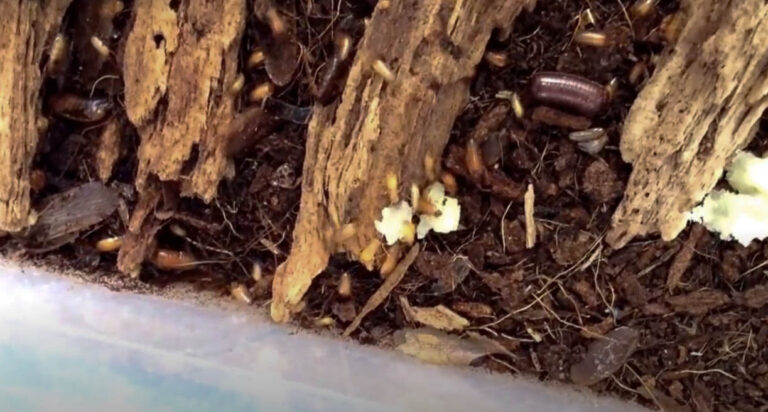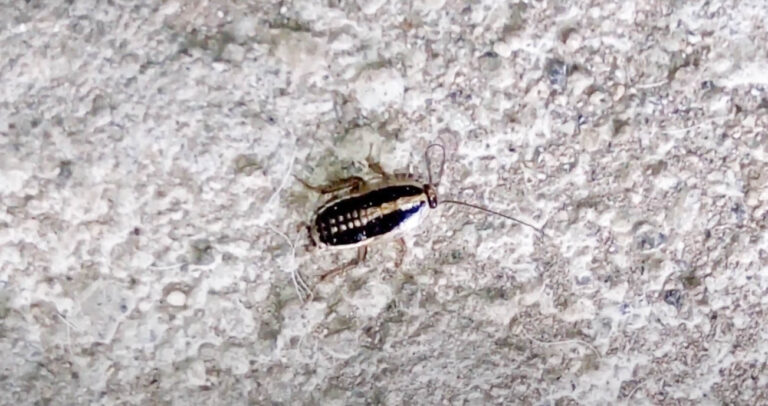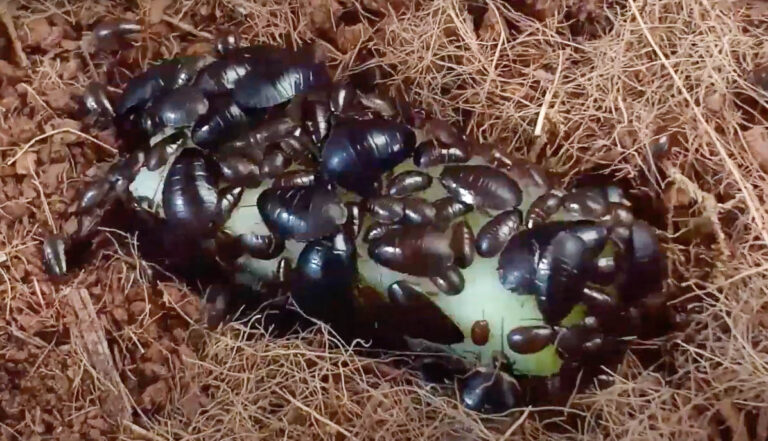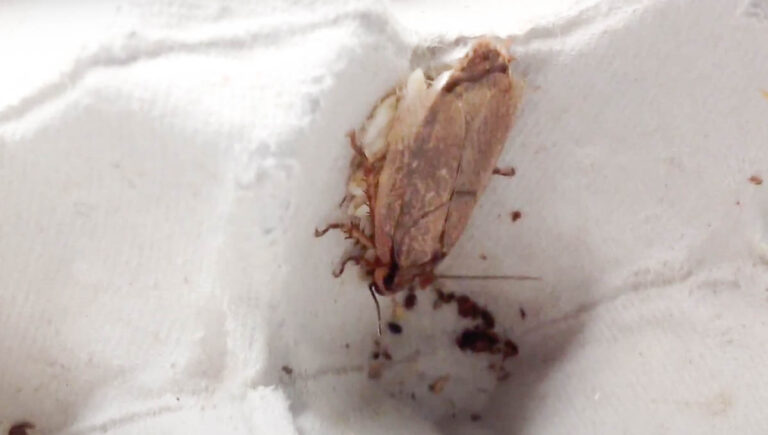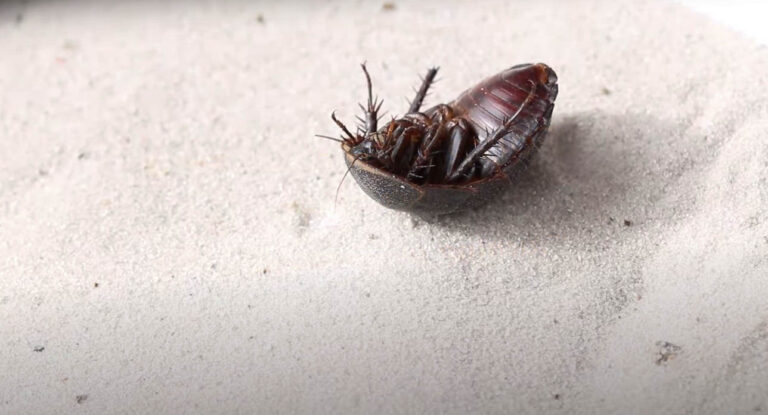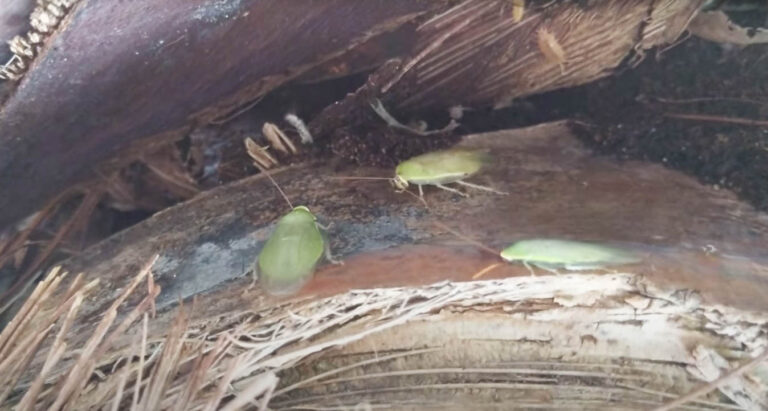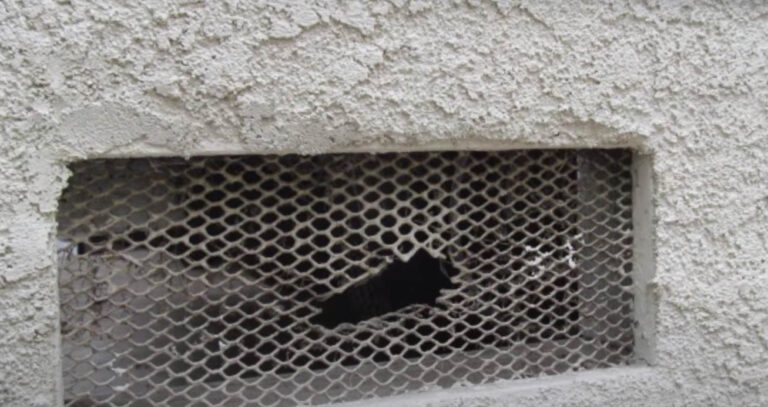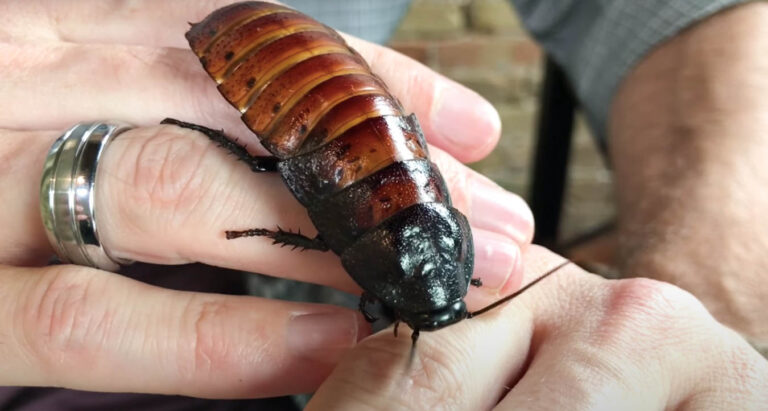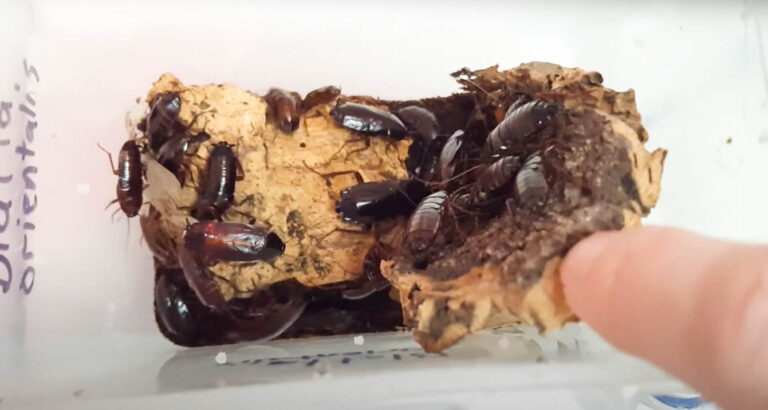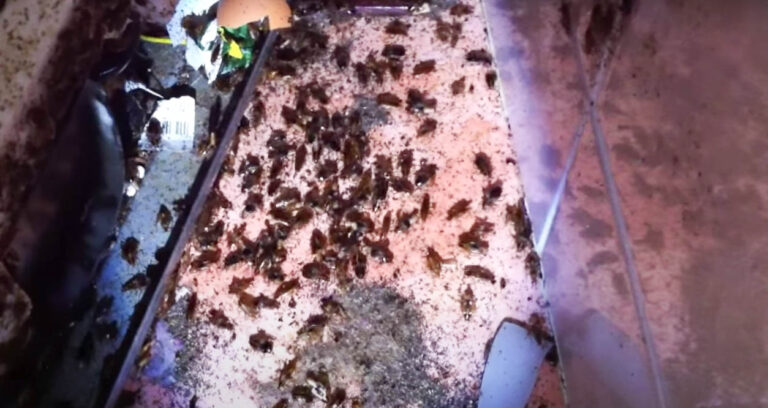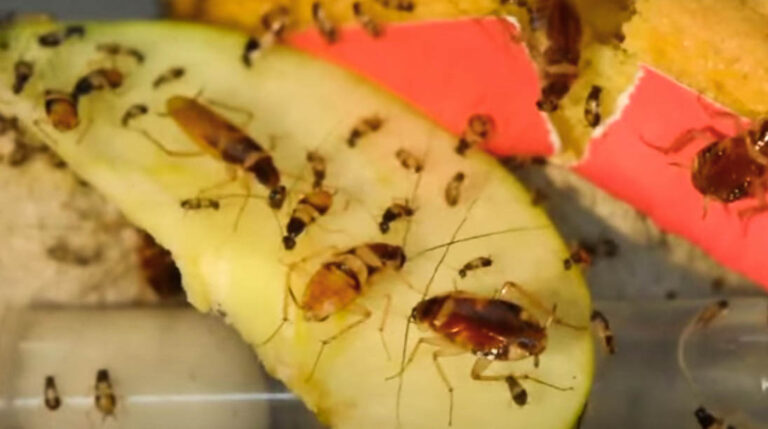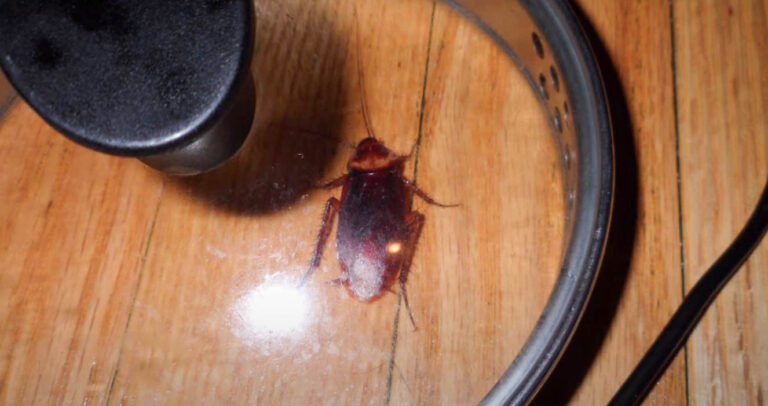About Madagascar Hissing Cockroaches
About Madagascar Hissing Cockroaches
The Madagascar hissing cockroach (Gromphadorhina portentosa) is one of the largest cockroach species you can ever come across. It’s sometimes called the hisser because of the sound they produce. Believe it or not, this is one of the most fascinating insects the island of Madagascar has ever had. Unlike other types of cockroaches, the Madagascar hissing cockroach isn’t widespread. As such, these insects are typically found in pet stores where they’re sold and in classes where they’re used as a display specimen. And if you find one in your home, chances are high it could be someone’s lost pet.
Appearance
a. Egg
The eggs produced are enclosed in a long and yellowish egg-case called the ootheca. The eggs hatch internally, and the cockroach gives birth to young nymphs. If the female delivers the ootheca before the eggs hatch, it is considered a miscarriage.
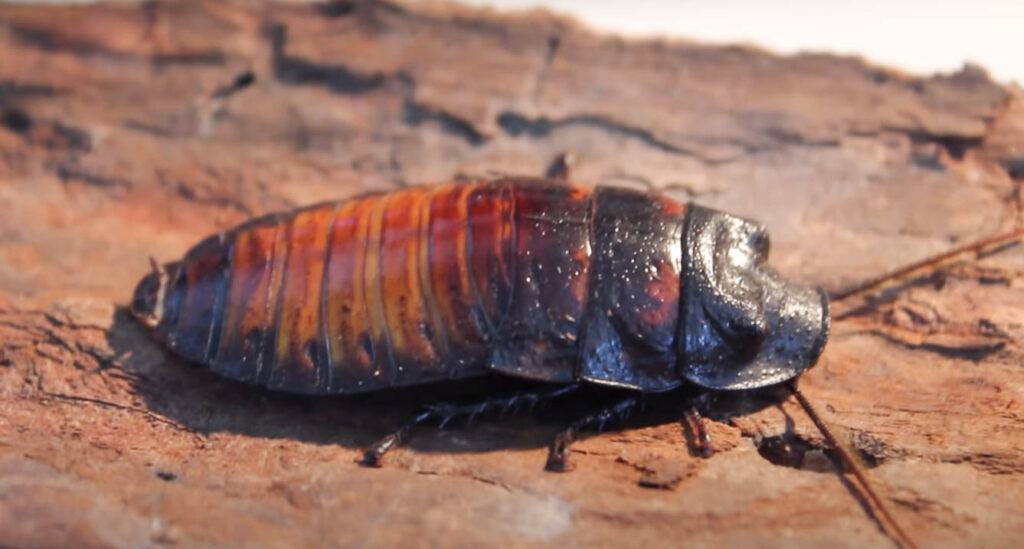
b. Nymph
After the nymphs are formed, they feed on the eggshells until they’re out. When it comes to appearance, they look similar to the adult cockroach, except that they lack reproductive organs. They go through 6-7 molting stages before maturing to adulthood.
c. Adult
The Madagascar hissing cockroach lacks wings, and their exoskeleton is dark brown to black. They have hook-like structures on their legs that help them to maneuver slippery surfaces and enclosures. Therefore, it’s pretty possible for these cockroaches to crawl out of inescapable containers. Male hissing Madagascar cockroaches have a pair of horns behind their heads known as the Pronotal humps, while females have smaller tubercles. Besides that, the antennae of a male Madagascar hissing cockroach is hairy, while those of females are smooth.
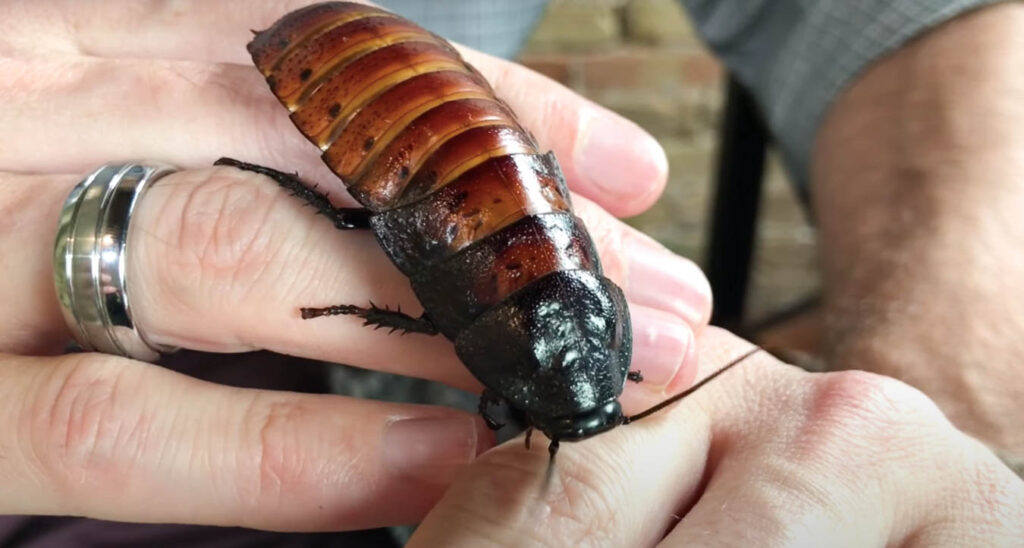
Behavior
The male Madagascar hissing cockroach gets attracted to the female odor and produces hissing sounds during the mating interactions. Their antennae have unique sense organs specialized in locating the females for mating. More interestingly, the number of pheromones produced by females decreases with age. As such, their attractiveness diminishes with age. Just like other wild animals, adult males are so protective of their mating territories. As such, they aggressively attack any male opponent that breaks into it. The males fight using their pronotal humps, and the winning will stilt to show off. Females and nymphs rarely fight. Madagascar cockroaches are passive; they are inactive. They communicate by hissing through their breathing spirals on their abdomen. They use hissing to communicate with each other. The cockroaches are active at night, and they avoid light. The cockroaches feed on smaller insects, dead plants, and carcasses.
Life cycle
The Madagascar hissing cockroach has a unique life cycle compared to other cockroaches. The females do not lay eggs; they bring forth young nymphs. They carry the eggs until they hatch; it takes 6-7 months for larvae to complete the molting process. The Madagascar hissing cockroach has a 5-year lifespan when they live in a favorable environment. They fall prey to some birds, ants, arachnids, and other predators, which also significantly affects their lifespan. They hiss to alarm others of the predators and sometimes to scare them away. They produce an average of 15-40 eggs per season; the average sexual maturity age is seven months for male and female cockroaches.
Habitat
Madagascar hissing cockroaches live on the Madagascar island in forests. They reside under rocks and hollow logs. 99% of these roaches do not stay close to human activities; they’re wild insects.
Pets
Madagascar hissing cockroaches make good pets because they’re easy to maintain and handle. They are human-friendly; they don’t bite or cause any allergic reactions to humans. They should be kept in a dark and moist environment. They can tolerate temperatures of 75-85 degrees Fahrenheit They feed on various vegetables and fresh fruits, other small insects, and animal foods. Some pet owners are required to get a license before keeping these insects.

